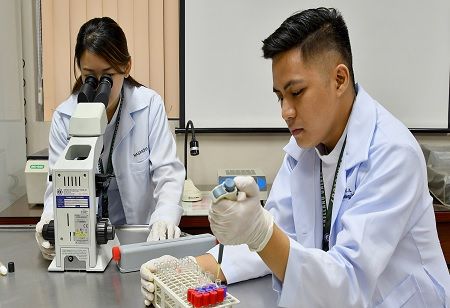- UP Manila and TESDA introduced two new national qualifications for anatomy and simulation lab technicians.
- The programs aim to professionalize support staff vital to medical and health sciences education.
- The move addresses the growing demand for skilled lab personnel as medical schools expand across the Philippines.
The University of the Philippines Manila (UP Manila) and the Technical Education and Skills Development Authority (TESDA) have launched new national competency standards to boost medical education and create more skilled jobs in the health sector.
The two new qualifications, Cadaver Preservation Services Level III and Academic Simulation Services Level III, will train anatomy and simulation lab technicians who play key roles in medical training. The programs are the first in the country to set formal standards for these professions.
Jose Francisco Benitez, Secretary in TESDA, said, the initiative highlights the crucial role of technicians who prepare, maintain, and manage anatomy and simulation facilities. “Before there’s a doctor in the operating room, there’s a technician in the anatomy lab”, he said during the launch event at UP Manila.
The Cadaver Preservation program focuses on the ethical handling and maintenance of cadavers for academic and research use, preparing graduates for roles such as anatomy lab technician or cadaver care specialist. The Simulation Services program trains learners to manage simulation labs used for health sciences education, opening opportunities as simulation technicians or operations specialists.
Also Read: Indonesia Boosts Medical Skills with Advanced Biomedical Training
This effort follows an MOU between TESDA and UP Manila to develop national standards, training programs, and enterprise based learning. The initiative also supports the Doctor Para sa Bayan Act, which aims to expand access to medical education nationwide.
TESDA said the move strengthens the “backbone of medical education” by ensuring skilled, qualified, and recognized technical staff support the country’s growing network of medical schools.

